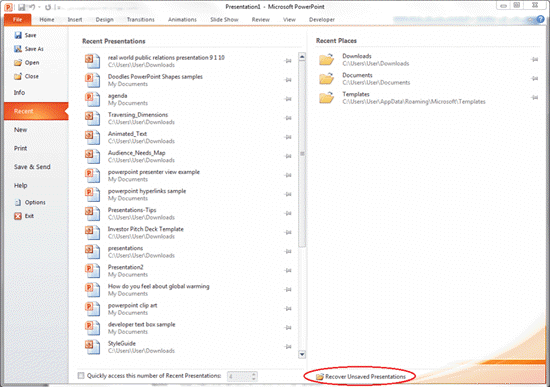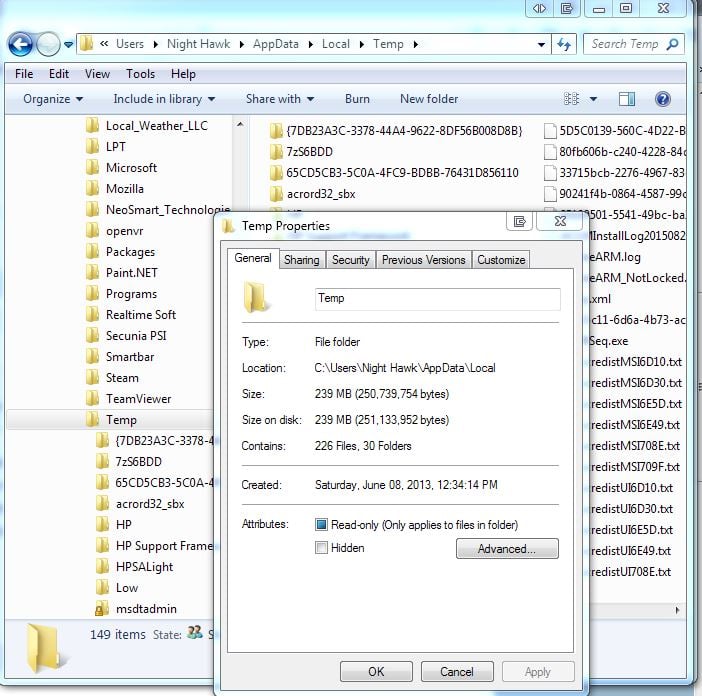
Visit the dedicated forum to share, explore and talk to experts about Microsoft Teams. If you have feedback for TechNet Subscriber Support, Click here to learn more. Please remember to mark the replies as answers if they helped.

Once finally done clearing, you can now restart Teams from your local desktop and all cache will be cleared from the desktop app. Lastly, from within ‘tmp’, delete any file. * %appdata%\Microsoft\teams\Local Storage From within ‘Local Storage’, delete all files. From within ‘GPUCache’, delete all files.į. From within ‘databases’, delete all files.Į. From within ‘Blob_storage’, delete any files that are located in here if any.Ĭ. * %appdata%\Microsoft\teams\application cache\cacheī. From within ‘Application Cache’, go to Cache and delete any of the files in the Cache location. Once in the directory, you’ll see a few of the following folders:Ī. Go to File Explorer, and type in %appdata%\Microsoft\teams.ģ. To do this, either right click Teams from the Icon Tray and select ‘Quit’, or run Task Manager and fully kill the process.Ģ. Fully exit the Microsoft Teams desktop client. The shorter the time-lapse, the lower the chances of data loss due to power failures or possible Microsoft Word shutdowns.If you want to clear MS Teams cache,you could refer to the following waysġ. For example, it is possible to set how often the recovery file should be created. You can also use this feature in the cloud by placing the path in a folder that you have synchronized with any storage service, such as Google Drive, Dropbox, or OneDrive.įinally, do not forget that other related options are available to you. A good reason for changing the directory of the autosave file is to make it more accessible, perhaps by placing it in the documents folder. When you are done, remember to save your changes by clicking Ok. If you click on the Browse button, you can select a new directory for the temporary Word file. In the settings window, open the Save section and look at the path next to the AutoRecover file location. If you wish to modify the directory, simply go to the File menu and click on Options.

Therefore, in general terms, it will not be necessary to locate the temporary Word file manually. There you will find temp files stored by the Applications running. Using Terminal.app, type echo TMPDIR or open TMPDIR (to open Finder on that folder). You need to know that Word automatically detects unexpected shutdowns and offers the user to recover their work on restart. OS X generates a programmatic directory stored in /private/var and defines the TMPDIR environment variable for locating the system temporary folder. On your PC, open the C drive and then navigate through the following folders: Users > User (your PC username) > AppData > Local > Microsoft > Office > UnsavedFiles Once you open that location on your PC, you will find all the unsaved and temp files of your Word documents.

In this way, you can use the file explorer to recover any document that you have not been able to save.


 0 kommentar(er)
0 kommentar(er)
